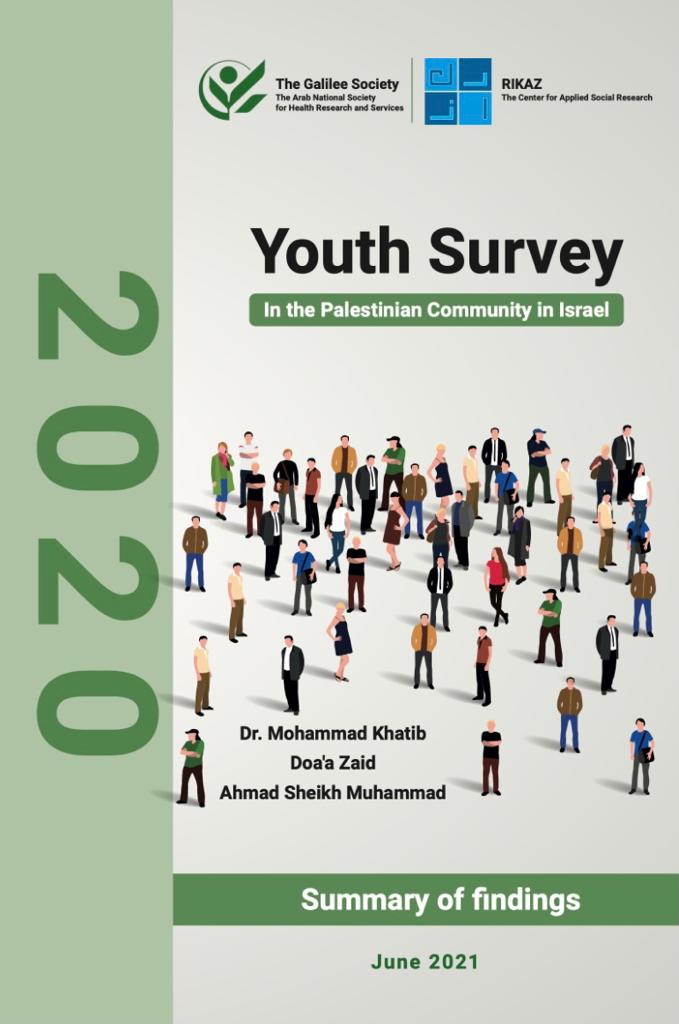Over the years the process of waste management and recycling has gained increased attention around the world and in the country specifically. Accelerated growth and increase in population, as well as the increase in income per person, increase in industrial development and economic activities, have led to the emergence of new consumption and production habits and negative environmental behaviorisms. One of the most harmful behaviors is waste burning, with the smoke of burning trash becoming a near daily sight in the Arab towns, especially during the olive harvest season and with the accumulation of trash around residential neighborhoods.
At the beginning of this year, the GS, in cooperation with the Bir Al-Maksur local authority, began a campaign to raise awareness among the residents about the phenomenon of waste burning and recycling, especially recycling of electronic waste. The data collected by the Galilee Society and published in that campaign shows that this phenomenon is widespread in the country, with 10% of families suffering from the smoke resulting from burning trash near their homes, especially in the Naqab. Out of all environmental hazards reported, waste burning is the most common at 69.5%; the percentage of waste burning is higher in the Naqab at 82.3% compared to the Northern region at 31.9%.
The process of burning waste results in a number of air pollutants which pose a danger to health even when exposed to miniscule amounts of these materials. The most dangerous of these air pollutants include:
- Dioxins– considered one of the most poisonous chemicals to humans. Its danger lies in the fact that it remains in the environment for a long time and does not easily decompose. Dioxin is a general term used to describe around 30 chemical materials with similar chemical compounds. Humans are exposed to and consume dioxins through the food chain- animals eat grass polluted by dioxins released from waste burning, dioxins remain in the animal’s tissue, humans then consume the meat or dairy products from the animal. Dioxins are known to affect the ability of cells to grow and develop which in turn cause bigger health problems- cancer, impairment to the immune system, impairment to the hormonal system.
- Small Particulate Matter- produced through the burning of waste, particles whose diameter does not exceed 10 micrometers enter the lungs through inhalation and cause respiratory problems, including asthma and inflammation of the airways. These particles were also linked to heart palpitations and heart strokes.
- Polycyclic aromatic hydrocarbons (PAHs)- are formed as a result of partial burning of materials such as wood, coal, and tobacco. PAHs are considered to cause cancers, genetic mutations and birth defects. It is also known that grilling meat over high temperatures causes PAHs, which in turn exposes humans to a higher concentration of this dangerous material.
- Volatile Organic Compounds (VOCs)- are found in high concentrations around areas where trash is burned and in large amounts create smog which is harmful to human health, especially harmful to people who suffer from respiratory and heart diseases. Inhaling these compounds can cause deterioration in the liver, kidneys, and central nervous system.
- Chlorobenzene- is another chemical that poses a risk by staying for long periods of time in the environment. Its presence is especially noticeable in fish and animals that feed on fish. Research indicates that long-term exposure to small amounts of this chemical can cause cancers, genetic mutations, and deterioration of the liver and kidneys.
- Carbon monoxide- exposure to carbon monoxide can cause impairment to the central nervous system, including headaches, fatigue, nausea and vomiting.
- Ash- is the remains of burning waste which may include poisonous materials such as mercury, lead, chrome, and arsenic. Humans can be exposed to these minerals through drinking water and food. Ash can enter drinking water and food chain through soil that was contaminated by burning of trash, or by rain which in turn will pollute drinking sources. Minerals such as lead can be harmful to humans and cause health problems such as hypertension and other heart artery problems.
While burning waste is harmful to all people, its danger is multiplied to certain groups such as fetuses, infants, children, elderly people, people with heart and artery diseases, people suffering from respiratory problems, and men are more at risk than women (lack of ways to get rid of these materials).
According to the Israeli law, burning waste is expressly prohibited and breaking the law will result in punishment. These laws include regulations for preventing environmental hazards (air pollution and undesirable odors from landfills 1998), the Clean Air Act from 2008, and the Licensing Law of 1968.
While it may seem sometimes that there is no choice but to burn waste, especially in the absence of the proper infrastructure needed for environmentally friendly waste management, there are a few steps each person can take in order to eliminate this phenomenon. The best solution is that every individual contribute to reducing everyday waste by changing a number of behavioral patterns, e.g.:
- Cook in small amounts according to what is needed and buying groceries only according to what is consumed.
- Buy package-free products, and skip the plastic bags as much as possible.
- Forego single use utensils such as plastic cups, forks, knives, etc.
Recycle and upcycle by taking the following steps:
- Buying products that can be used multiple times or that can be refilled.
- Pass it on to someone who might make use of it.
- Donate products to charities that can sell them.
- Upcycle broken household objects for artistic or educational projects.
- Separate your trash.
Waste than can be recycled: food and organic material which can be composted, plastics, paper, glass, minerals, electronic waste and batteries



